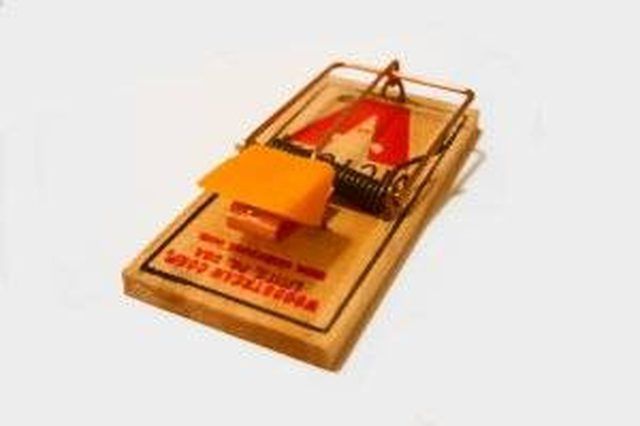Bulbs
Flower Basics
Flower Beds & Specialty Gardens
Flower Garden
Garden Furniture
Garden Gnomes
Garden Seeds
Garden Sheds
Garden Statues
Garden Tools & Supplies
Gardening Basics
Green & Organic
Groundcovers & Vines
Growing Annuals
Growing Basil
Growing Beans
Growing Berries
Growing Blueberries
Growing Cactus
Growing Corn
Growing Cotton
Growing Edibles
Growing Flowers
Growing Garlic
Growing Grapes
Growing Grass
Growing Herbs
Growing Jasmine
Growing Mint
Growing Mushrooms
Orchids
Growing Peanuts
Growing Perennials
Growing Plants
Growing Rosemary
Growing Roses
Growing Strawberries
Growing Sunflowers
Growing Thyme
Growing Tomatoes
Growing Tulips
Growing Vegetables
Herb Basics
Herb Garden
Indoor Growing
Landscaping Basics
Landscaping Patios
Landscaping Plants
Landscaping Shrubs
Landscaping Trees
Landscaping Walks & Pathways
Lawn Basics
Lawn Maintenance
Lawn Mowers
Lawn Ornaments
Lawn Planting
Lawn Tools
Outdoor Growing
Overall Landscape Planning
Pests, Weeds & Problems
Plant Basics
Rock Garden
Rose Garden
Shrubs
Soil
Specialty Gardens
Trees
Vegetable Garden
Yard Maintenance
How Does a Mouse Trap Work?
How Does a Mouse Trap Work?. If you have mice in your home, you know that they are an unsanitary nuisance. There are many mousetrap options available, and each has its own unique mechanism for dealing with the critters. If you just want the little guys gone, there are traps that allow you to kill and dispose of the mice with minimal contact. For...

If you have mice in your home, you know that they are an unsanitary nuisance. There are many mousetrap options available, and each has its own unique mechanism for dealing with the critters. If you just want the little guys gone, there are traps that allow you to kill and dispose of the mice with minimal contact. For those who have a soft spot for these tiny terrors, other versions will catch the furry pests without hurting them.
Humane Traps
Humane mousetraps capture the mouse but do not injure or kill it. The most common type of live mousetrap, a box trap, has an opening that allows the mouse to enter while a trap door closes behind the animal so that it cannot escape until you take it to an outdoor location for release. Box traps come in metal or plastic and can be used repeatedly. These are most effective and fast when bait such as peanut butter is used inside the trap.
Kill Traps
The cheapest kind of kill trap is the spring trap. This is usually a small piece of wood or plastic with a metal spring that is set by the user. When the mouse touches the trap to take the bait, the spring shuts on it, killing or maiming it. Reusable mousetraps can be emptied and used over and over again. This type of trap comes in several varieties. Hard plastic spring traps kill the mouse and can then be emptied and reused. Electronic traps allow the mouse to enter, then sensor pads inside the trap deliver an electric shock to the mouse, killing it instantly. Poison traps allow the mouse to enter the trap to eat the poison bait. The mouse then dies fairly quickly and is trapped for easy disposal. Glue traps capture the rodent when he walks across the glue strip. The use of glue traps is controversial since they can cause much suffering and a slow death to the mouse.
Homemade Traps
Homemade mousetraps can work as well as their commercially purchased counterparts. A bucket of water is baited with a ramp strewn with seeds or other food. When the mouse walks up the ramp to follow the snack trail, it falls in the water and drowns. A tube-and-bucket trap allows the mouse to be released later. A paper towel or toilet paper tube is placed on the edge of a table or stool, with bait in the end, which is hanging over a can, bucket or jar. The mouse follows the trail and falls into the container, becoming trapped.